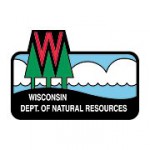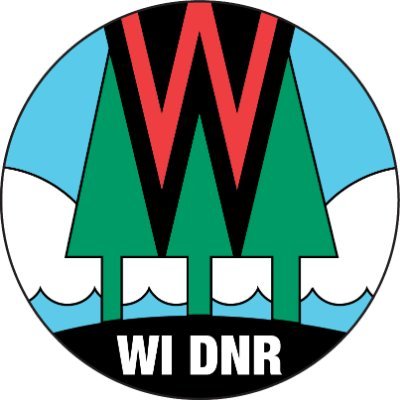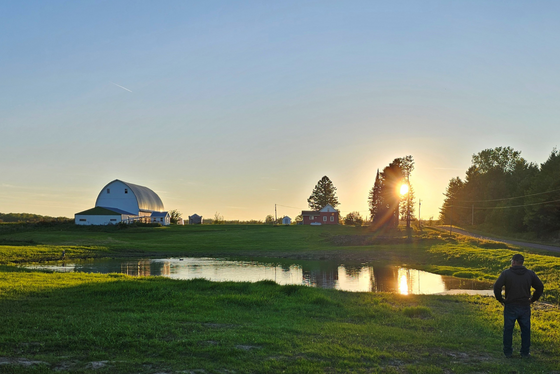2021 Wisconsin Elk Hunting Season Ends With Once-In-A-Lifetime Experience For Four Hunters
MADISON, Wis. – The Wisconsin Department of Natural Resources (DNR) today announced that Wisconsin’s fourth state elk hunt closed on Dec. 17 with three of the four hunters awarded an elk harvest tag for the 2021 elk hunting season successfully filling their tags.
“All four hunters had multiple opportunities to harvest bull elk across the Clam Lake Elk Range,” said Josh Spiegel, DNR Wildlife Biologist. “Holding a once-in-a-lifetime tag, all four individuals had great hunting experiences and pursuits that were, like many hunts, filled with ups and downs. The 2021 elk hunters worked hard putting in a lot of hours in the field looking for signs, identifying key feeding areas and planning their hunt. Scouting and hunting an animal that moves long distances daily can be difficult.”
“This year’s raffle winner is a longtime member of her local Rocky Mountain Elk Foundation chapter,” said Spiegel. “She’s not only been able share this experience with family and friends but with the local Foundation chapter as well.”
Similar to the first three elk hunting seasons, Ojibwe tribal hunters also had the opportunity to harvest elk in the Ceded Territory of Wisconsin in 2021 with the season closing on Jan. 2, 2022. For inquiries relating to the tribes’ 2021 elk hunt, contact Travis Bartnick, Great Lakes Indian Fish and Wildlife Commission Wildlife Biologist at tbartnick@glifwc.org.
The 2022 elk hunt application period is expected to start March 1 and run through May 31. For each $10 application fee, $7 goes to elk management, habitat restoration and research in Wisconsin. The Rocky Mountain Elk Foundation will hold its raffle in late summer 2022.
Wisconsin Elk
Once eliminated from the state through overhunting, Wisconsin now boasts a healthy, growing elk population thanks to two restoration efforts that began in 1995 and concluded in 2019.
The Clam Lake Elk Range covers 1,620 square miles and reaches into portions of Ashland, Bayfield, Price, Rusk and Sawyer counties – Wisconsin’s northern elk zone where the first restoration effort began in 1995 with 25 elk from Michigan.
From 2017-2019, 91 elk from Kentucky were released to bolster the Clam Lake elk herd population, which has grown to an estimated 330 animals. Additionally, 73 elk were reintroduced to the 252-square-mile Black River Elk Range from 2015-2016, and the population today is estimated at 115 animals, bringing the statewide total population estimate to 445 elk.
Wisconsin held its first managed elk hunt in October of 2018, a testament to years of restoration, careful management and the strength of partnerships across agencies and states, tribal governments and nonprofit organizations.
Learn more about Elk in Wisconsin here.
Sign up for email updates on current translocation efforts here. Follow the prompts and select the “elk in Wisconsin” and “wildlife projects” distribution lists.
NOTE: This press release was submitted to Urban Milwaukee and was not written by an Urban Milwaukee writer. While it is believed to be reliable, Urban Milwaukee does not guarantee its accuracy or completeness.






















